|
This post was originally published in five parts and it's now an ebook on Amazon called Parenting Your ADHD Child: A Quick Guide with 20 Natural Strategies. This is a shortened version of the book with five of my favorites strategies.
My son was diagnosed with ADHD at age five and at age seven he was diagnosed with sensory processing disorder. I agree with renowned Dr. Hallowell who sees ADHD not as a mental illness or disease but as genetic traits (an ADHD neurotribe) that, if nurtured and well managed, can be incredibly positive to someone. While in some cases psychiatric medication is life-saving, I’ve been able to successfully manage my son’s behaviors and challenges for the past four years using a combination of strategies. My biggest discovery in this learning journey is that ADHD is not just about the chemistry of the brain but also the physics of the body. Sensory issues play such an incredible role in regulating emotions and attention that being able to identify the sensory needs of a child, rather than controlling them, can really help him/her without the use of medication.
12 Comments
Back in March, I was dropping off the paperwork for my son’s camps at the YMCA and I had an oversize planner full of colorful sticky notes. The attendant at the desk opened her eyes wide and exclaimed what I could only interpret as a joke: “Wow. You’re the most organized parent I’ve ever seen.” I rushed to correct the record: “Oh, no. I’m really not this organized. I just act like one for the summer.”
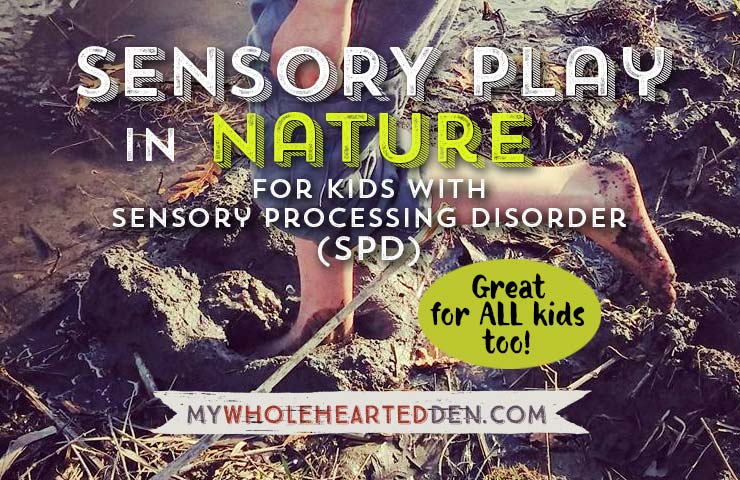 I’m not a medical professional—I’m simply a mom raising an awesome little man to live up to his full potential. I’m sharing our experiences in hopes that they’re informative and encouraging to you. We instinctively know that nature is the perfect playground for children. There’s also a growing number of peer-reviewed research pointing to countless health benefits of nature play for all kids, especially ADHD kids, like here, here, here, here, here, here, here, here, and here. Much attention to this issue has been promoted by best-selling author Richard Louv who created the term “Nature Deficit Disorder” to describe how the lack of contact with nature affects people’s mental and physical health. It’s not a clinical term, but the concept has gained recognition in the medical community—and doctors are even prescribing vitamin “N” (Nature) now. While all this information is fantastic and helpful—especially when managing ADHD symptoms—the lesser known Sensory Processing Disorder (SPD) is off the radar and unknown to most people, yet it often coexists with other diagnoses such as ADHD, Autism, various Learning Differences, Developmental Delays, Premature Birth, and so forth. Even without SPD, sensory play is essential for all children, regardless of developmental differences. While I’m hardly the first person to write a recipe on how to prepare steel-cut oatmeal, the way I prepare it has evolved over the years to fit my son’s sensory aversions to certain food textures. Like him, many children with ADHD and SPD (Sensory Processing Disorder) have difficulty with certain tastes, texture and smells. Because eating is such a multi-sensorial experience, one of the ways I try to minimize nutritional deficiencies is to include whole foods with various textures and flavors as much as possible.
Her son was diagnosed with ADHD/NOS at age five. She was determined not to use medication for personal reasons and tried hard to tame those life-disrupting ADHD behaviors, such as lack of focus, impulse, anger, irrational blowouts, lack of school interest, and social difficulties. She offered him opportunities to develop his body physically and mentally with enrichment classes, sports, nature explorations, herbal concoctions, vitamins, probiotics, therapy, nutrient-dense foods, plenty of sleep, together time, social connections, and alternative therapies. However, all this effort was like playing a game of whack-a-mole—something would work for a while until it didn’t. In the span of two years, her son was also observed for Oppositional Defiance Disorder and Aspergers, which were eventually dropped. She spent a great deal of time trying to crack the code of her son’s ADHD, trying to find that one thing that would keep ADHD from disrupting his life too much so he could grow up and blossom into his full potential. The offer for medication was always on the table, offered by the behavioral therapist as the possible “missing piece”. However, mom wasn’t done figuring it out. She didn’t accept that ADHD was just about brain chemistry. There was more to it, she just didn’t know what it was, but she was sure there was more to it.
|
Nice to e-meet you!I'm a single mom, graphic designer, crunchy mama, trekkie geek, life warrior. It's embarrassing how excited I get about food. I'm an expert in barefoot Lego fire walk. Note: If you arrived here via a broken link, please note I had to rebuild this site due to my previous hosting company crashing. Not all blog posts were salvaged.
CATEGORIES
All
INSTAGRAM FEED
ARCHIVES
January 2019
|
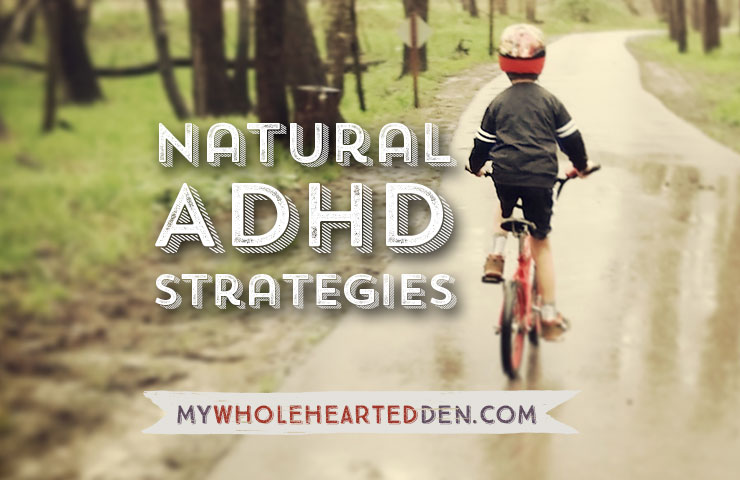
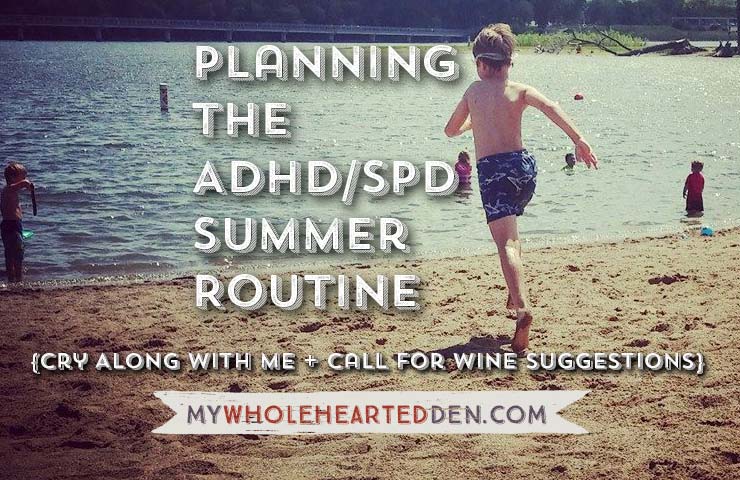
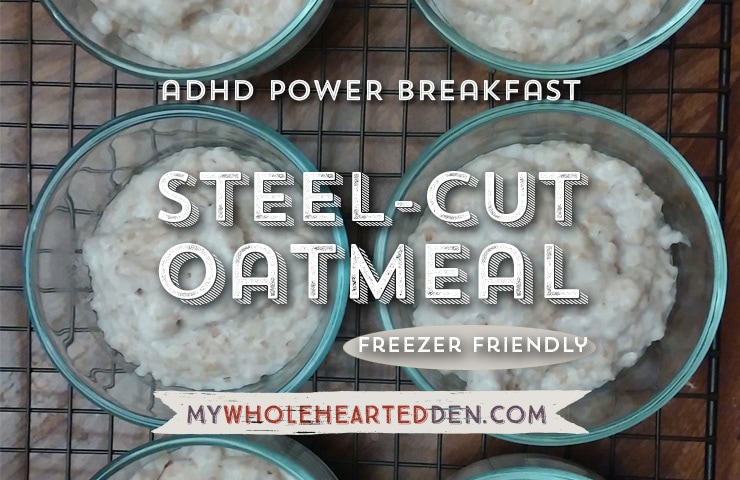
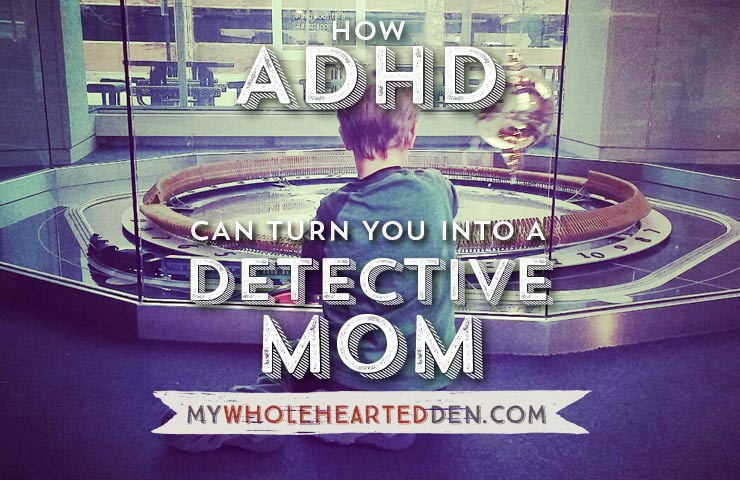
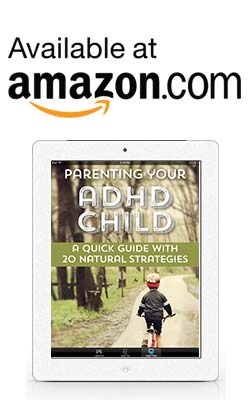

 RSS Feed
RSS Feed
